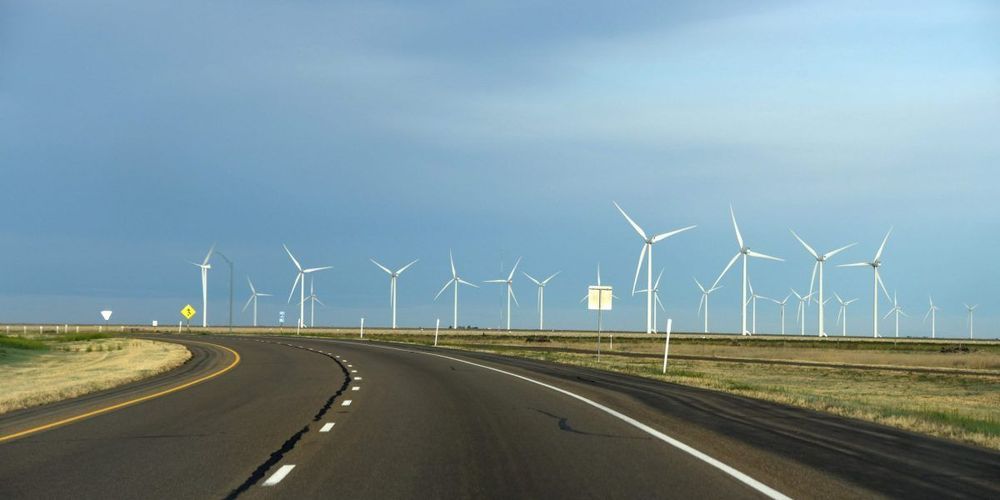Are made up of many thin layers of semiconductor. An injected electron makes a small energy transition as it moves from one layer to the next, emitting light on each cascade. Because the energy steps are small, quantum cascade lasers can produce long-wavelength mid-infrared or terahertz radiation.
Category: energy – Page 335



11 Million People Employed in Renewable Energy Worldwide in 2018
Eleven million people had renewable energy jobs in 2018, according to the latest analysis from IRENA. New data shows that the diversification of the renewable energy supply chain is changing the sector’s geographic footprint, and more countries are tapping into the socio-economic gains of the energy transition. https://bit.ly/2XFScWF

Molecular energy machine as a movie star
Researchers at the Paul Scherrer Institute PSI have used the Swiss Light Source SLS to record a molecular energy machine in action and thus to reveal how energy production at cell membranes works. For this purpose they developed a new investigative method that could make the analysis of cellular processes significantly more effective than before. They have now published their results in the journal Science.
This Chinese megacity is building the world’s largest waste-to-energy plant
Reduce, reuse, recycle.
📕

Robert Edward Grant Photo
Dr. Dee J. Nelson and his wife Geo, produced a Kirlian photograph of Pyramid energy using a Tesla Coil in 1979.
We have confirmed that the Great Pyramid encodes over 80 Mathematical and Physical constants (including but not limited to Pi, E, a, Phi, Y, Planck Length, Planck Time, and even math constants only discovered in the last century like Brun’s Constant and Tribonacci), our metric and imperial measurement systems (including Meter, Foot, Mile, Nautical Mile, and the ancient Sacred Egyptian Cubit), and even the Speed of Light in BOTH its Longitude and Latitude positions…and all with astounding accuracy.
Image and content from “The Etymology of Number” Course in Resonance Academy http://bit.ly/Resonance-Academy